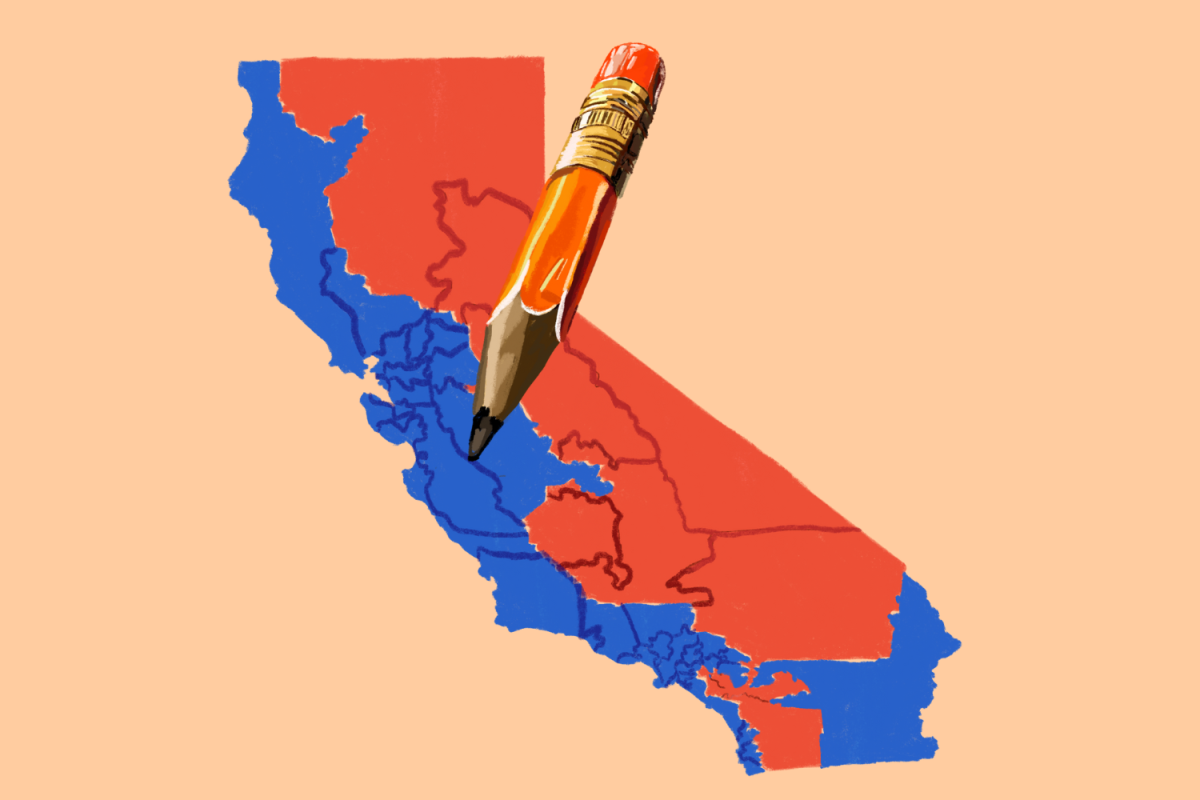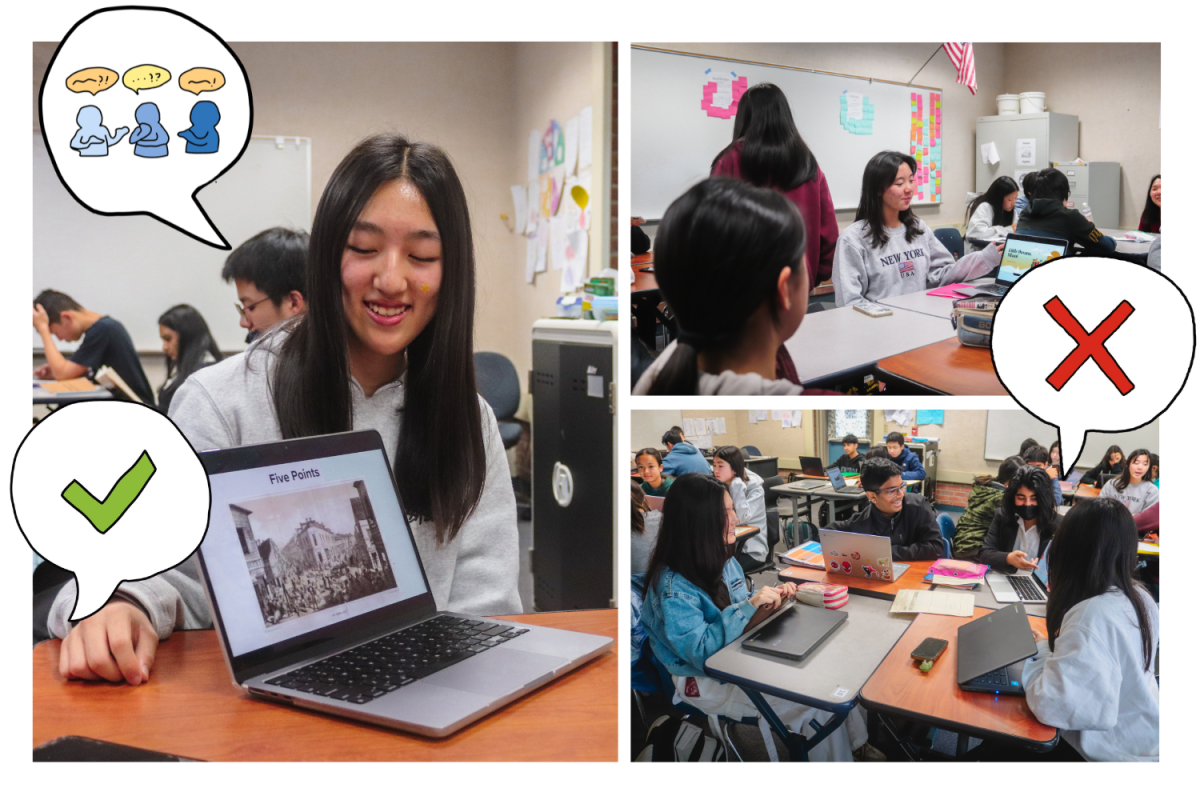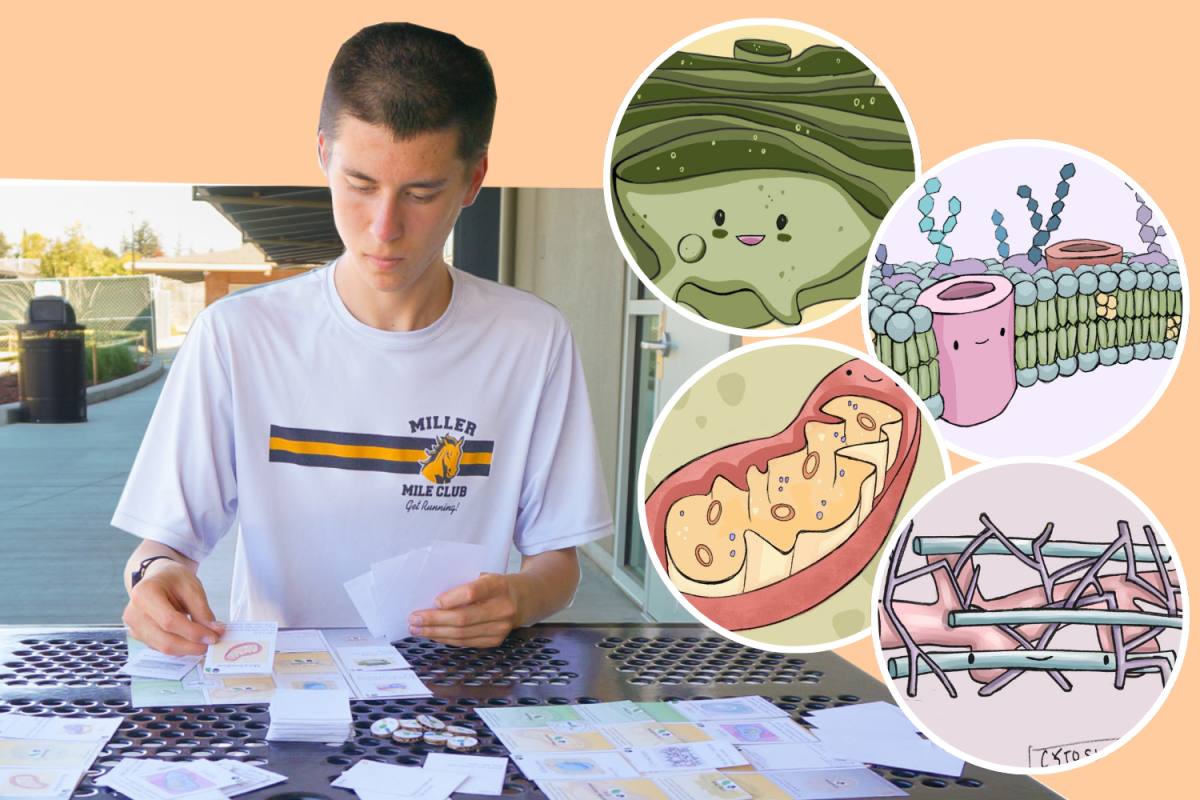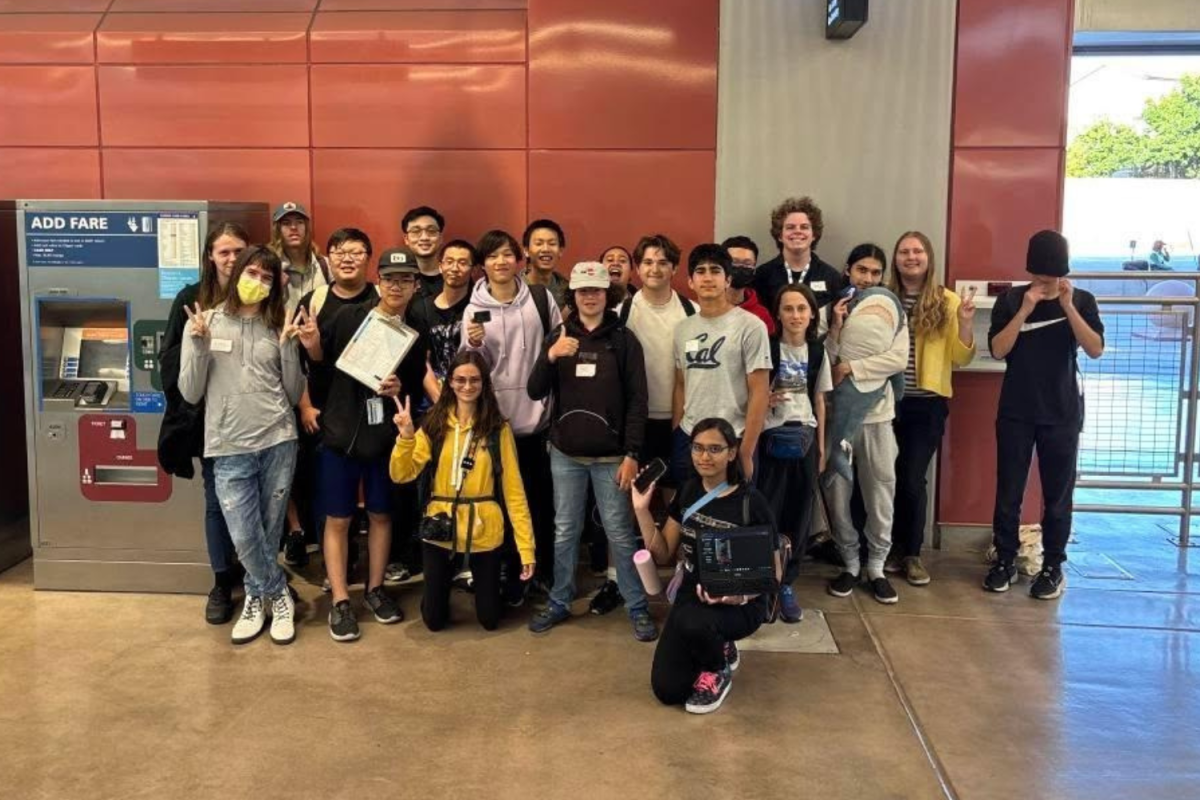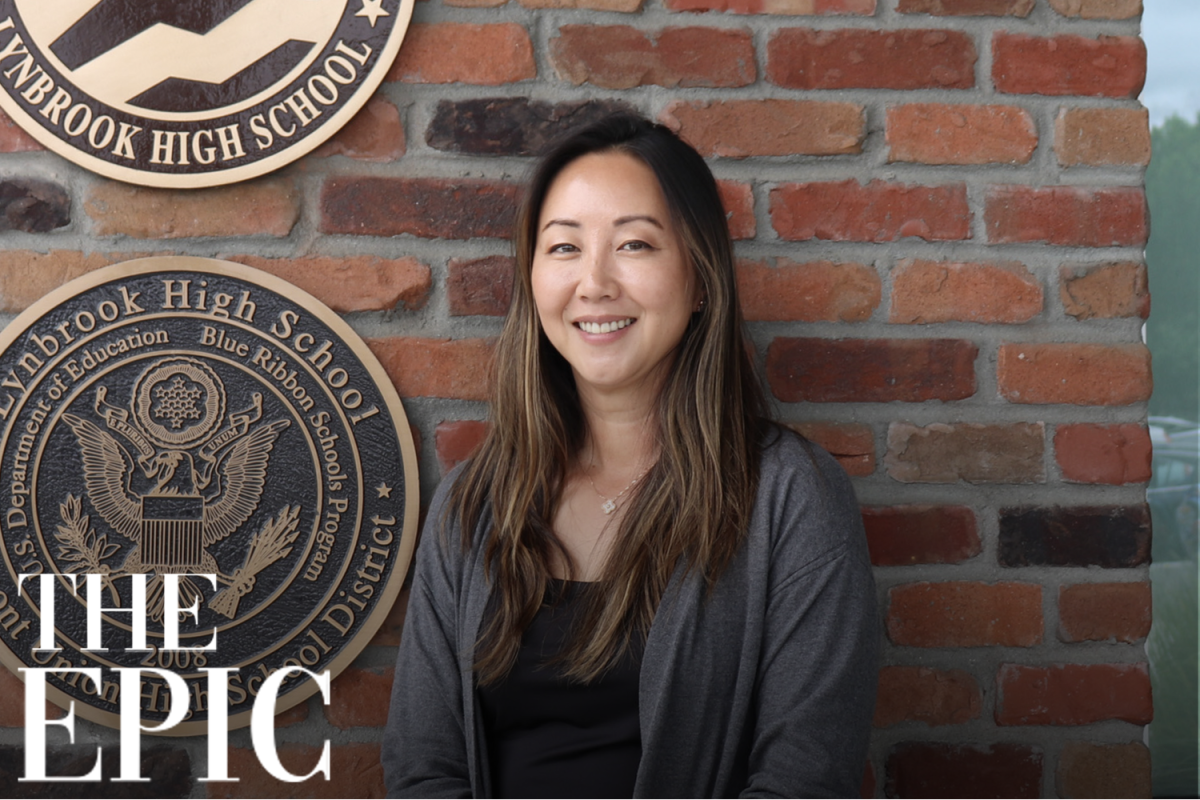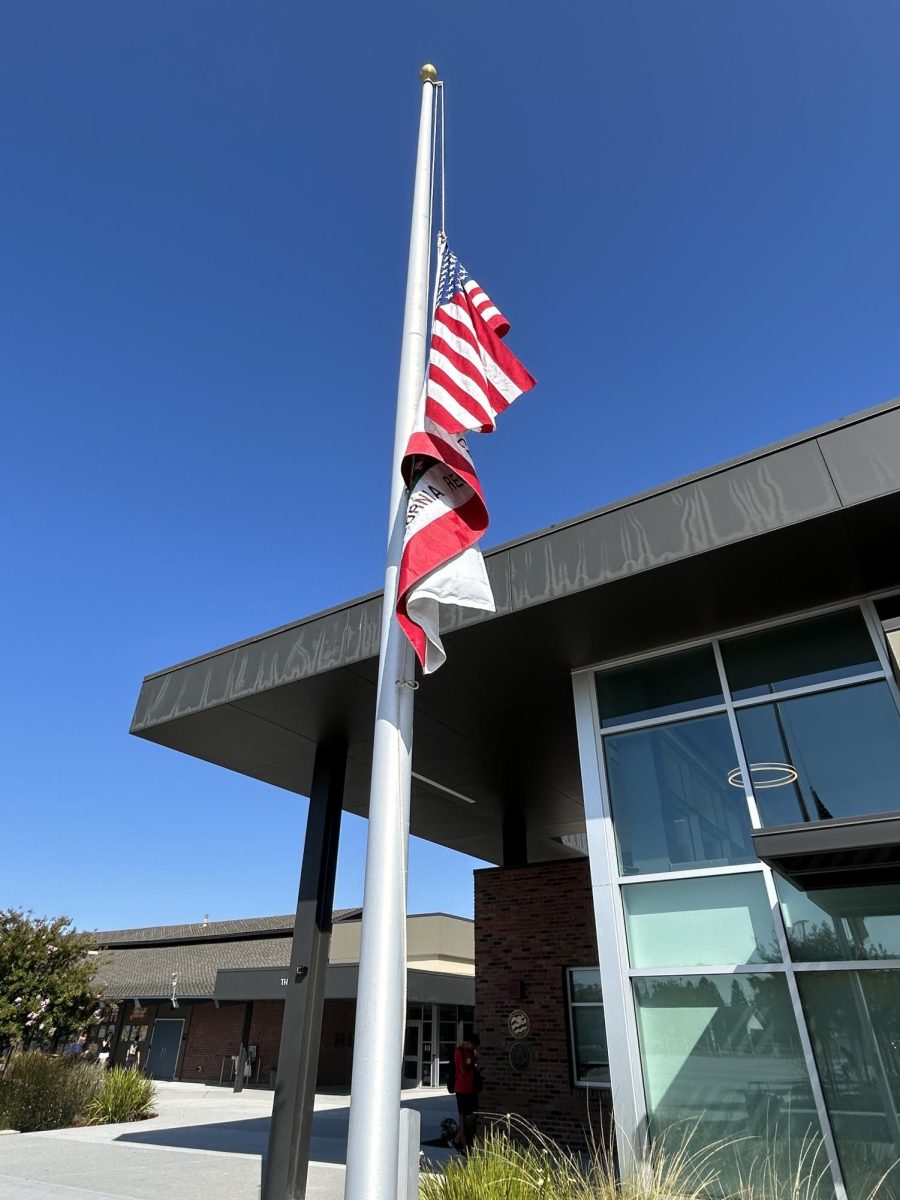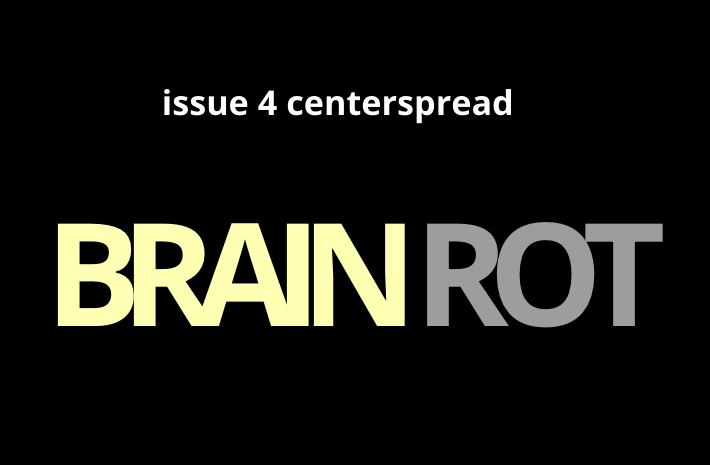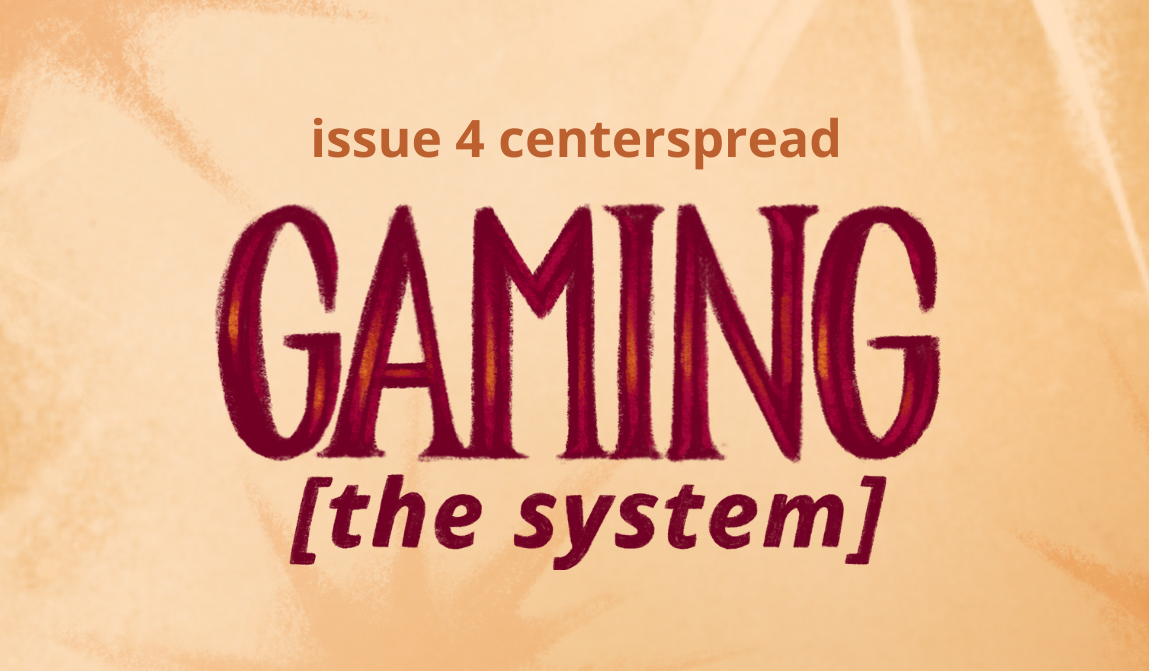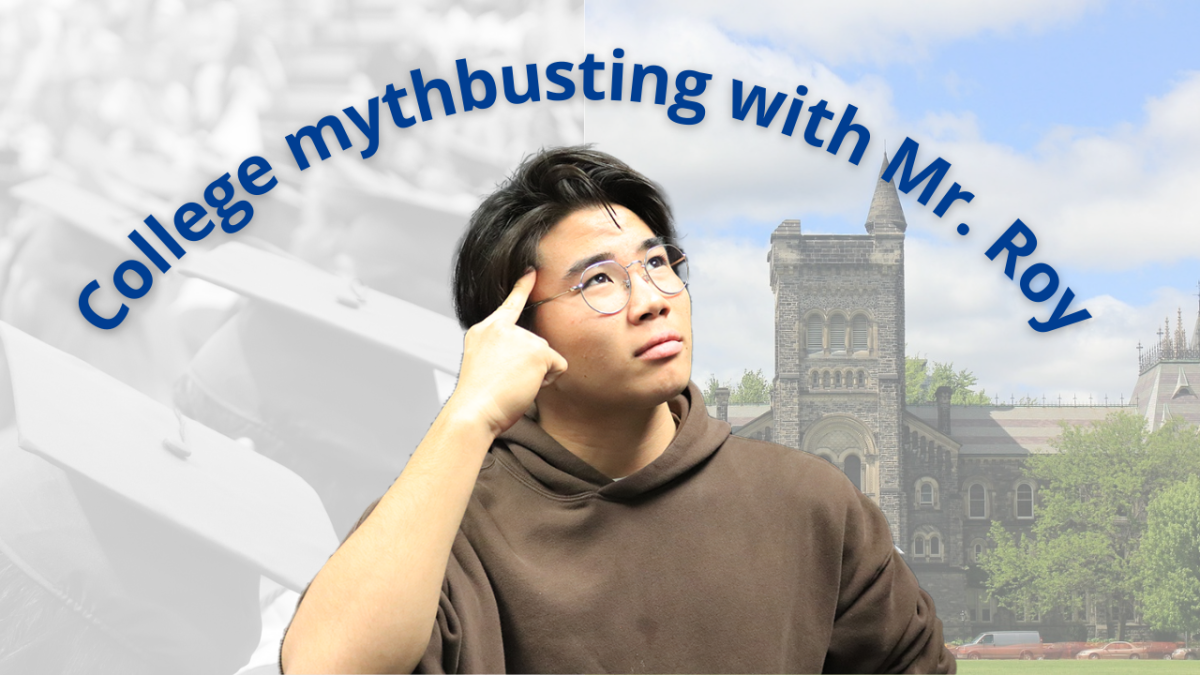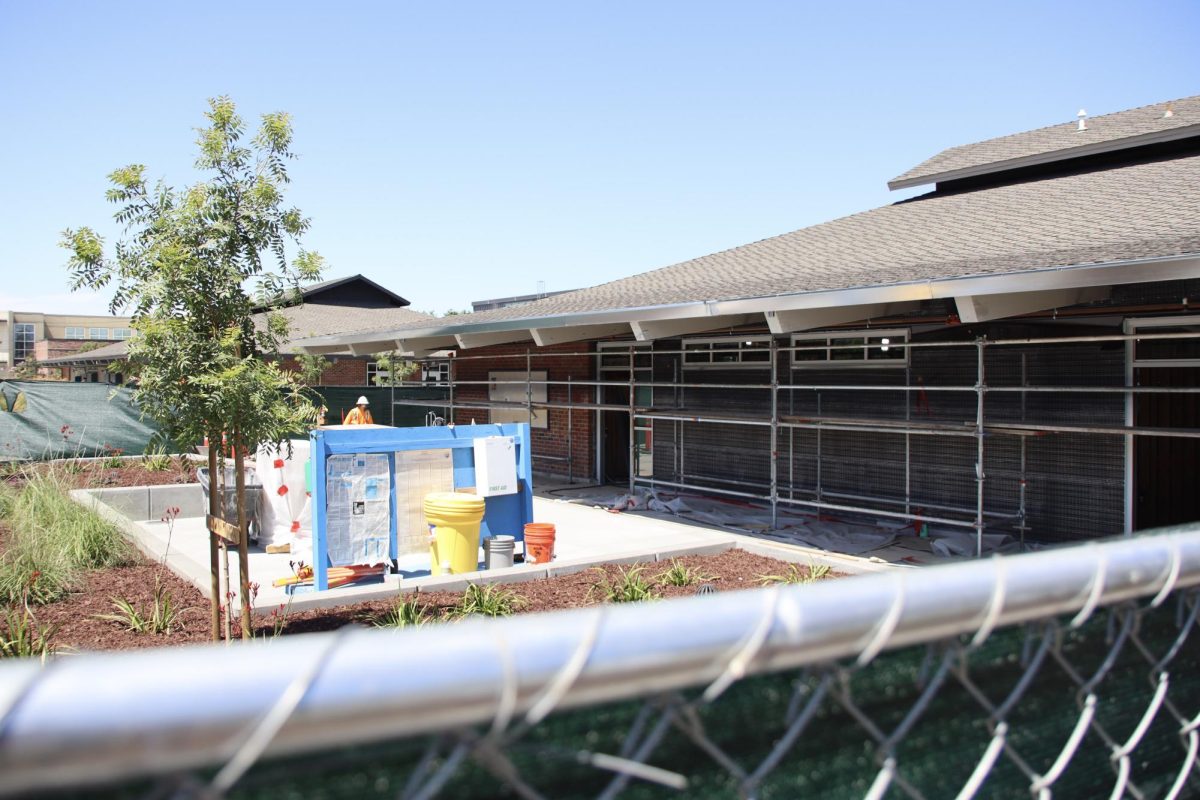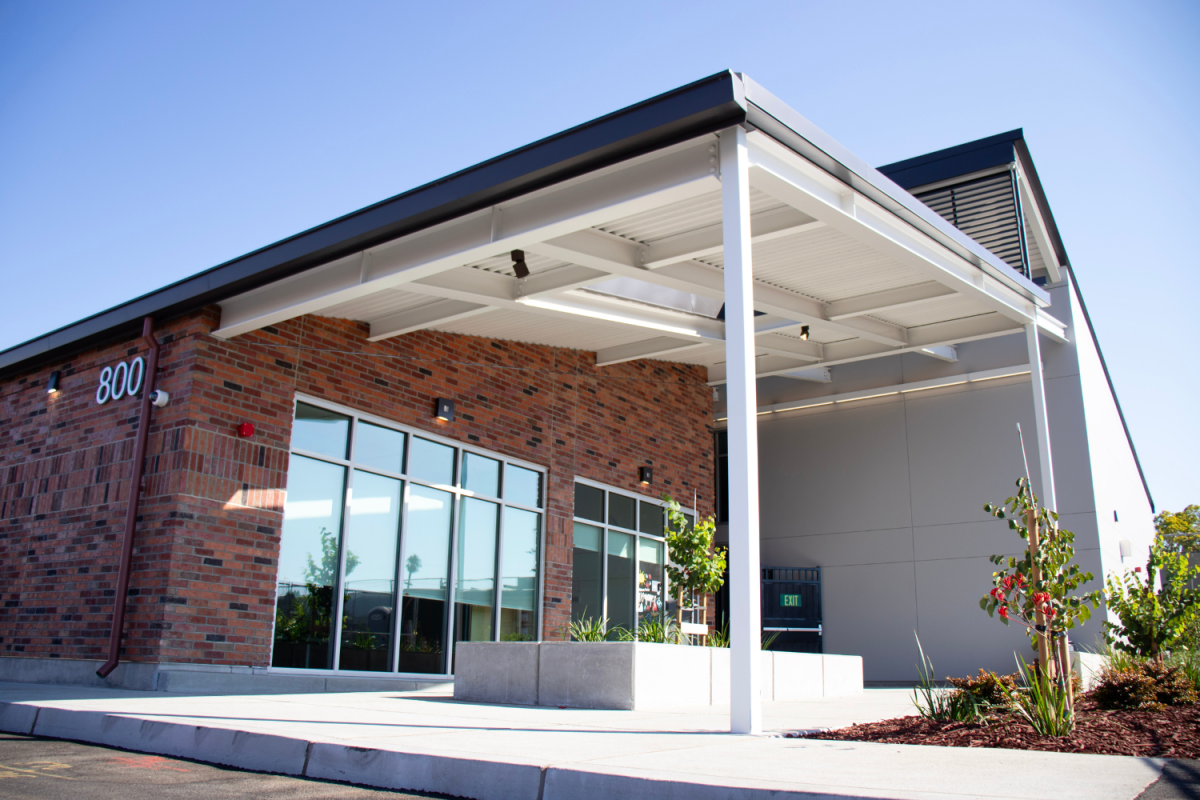Californians will vote on Proposition 50 in the Nov. 4 special election, also known as the Election Rigging Response Act, a plan spearheaded by Gov. Gavin Newsom to redraw the state’s congressional districts. This act allows Democrats to win more seats in the House of Representatives and is in response to Texas Republicans, who redistricted congressional seats in August under pressure from President Donald Trump’s administration. Proponents of Proposition 50 call it a necessary step by Democrats to stay on even footing with Republicans, while critics say having partisan groups draw district boundaries is undemocratic. As Election Day approaches, voters will ultimately pick a side.
Proposition 50 Levels the Playing Field for Voters.
Desperate times call for desperate measures. The practice of changing congressional districts to benefit a certain party is known as gerrymandering, and it’s happening in Texas right now. This not only limits a party’s voter representation, but also misrepresents the voice of the people. It is necessary for California to respond by passing Proposition 50, which would temporarily ensure equal representation for all voters.
In June, Trump urged Texas Republicans to engage in an unusual mid-decade redistricting effort to win a Republican majority in the 2026 midterm elections, going against the 10-year cycle after each census was taken. On Aug. 29, Texas signed the new congressional map into law, potentially securing five more Republican seats by the 2026 midterms. Out of fear of losing the Republican majority, red states such as Indiana, Missouri and Florida are considering following Texas’ lead.
“Republicans gaining five more seats will definitely have an impact on the way that we pass legislation, especially since most laws pass with very slim margins,” senior and Politics Club president Chelsea Guo said “This is indicative of an administration where we are willing to restructure our districts in order to have more power, rather than to pass the best laws for the country.”
Proposition 50 would implement a newly drawn congressional map in 2026 until the California Citizens’ Redistricting Commission, a nonpartisan group, redraws the map after the 2030 census, per the commission’s established pattern and duties. The newly proposed map would shift several Republican-held districts to be more Democratic. As Proposition 50 would shift representation in favor of California Democrats, it would balance out additional seats brought in from Texas’s redistricting, which would give both parties an equal chance in the 2026 midterms.
In order to ensure fair representation of the American people, Proposition 50 is a necessary measure to combat unfair partisan bias in Texas and equitably represent Democrats nationally. For example, Texas Democratic Representative Jasmine Crockett originally represented the state’s District 30. After redistricting, Crocket’s home was drawn out of her district and placed in District 33, forcing her to run in a new district in the 2026 midterm election where she’s at a disadvantage. Crockett’s situation along with many other Texas Democrats shows the partisan bias that Texas’ redistricting brings. By passing Proposition 50, voters ensure that Democratic viewpoints aren’t silenced in Congress.
“If one set of states is committed to trying to control the composition of The House of Representatives, partisan control in particular, then other states have a responsibility to fight back,” California Polytechnic State University political scientist Michael Latner said.
Many cases of gerrymandering limit the accurate representation of diverse communities. Urban areas, which have large populations of Black and Latino communities that vote Democrat, are being divided and combined with rural areas in Texas, limiting their ability to elect representatives that reflect their values. For example, the 29th congressional district, which has a Latino majority, has been reshaped, making it less urban and decreasing the Latino population to just 43.3% of the original. However, Proposition 50 is designed to ensure that the redistricting minimizes impact, even uplifting established minority communities by reshaping certain districts around underrepresented groups, increasing their percentage and allowing them to have greater power in their district.
“In California, the demographics of the districts as they’re redrawn are more in line with the Voting Right Act, which is to ensure that states with significant populations of certain communities have the opportunity to elect people from those communities,” said Bill James, Santa Clara County Democratic Party chair.
No matter the stance, it’s essential that eligible students at Lynbrook vote during the 2025 special election on Proposition 50. It is becoming increasingly important for the government to hear young people’s voices on issues that affect them.
“It’s important to get involved. That’s the whole point of democracy, to be able to speak and vote for what you believe in.” Guo said. “If people like us, students at Lynbrook, who are able to vote, don’t vote, then it won’t be representative of the majority or our views.”
Critics of Proposition 50 claim it undermines the independent redistricting power of the CCRC. Although congressional district changes under Proposition 50 would limit the authority of the CCRC for the five years it’ll be used, it must be noted that Proposition 50 is a temporary emergency measure to combat gerrymandering in other states. The CCRC was created to ensure the individual constituents had power in the election. If Proposition 50 isn’t implemented, then individual voters lose power on a federal level. It’s essential to follow the spirit of the law in order to preserve democracy and the power of the voters.
“I think you could argue that it limits the redistricting commission’s power because their current congressional maps would be ignored in favor of the new proposed maps if this proposition passes,” sophomore Anika Khanna said. “But you could also argue it’s the people of California who ultimately still have power, because it’s the choice of the voters.”
The congressional districts proposed by the commission will only remain for six years. After the 2030 census is taken, the CCRC will retake control and design the congressional districts for 2031 and onwards. In a perfect world, Proposition 50 would not be necessary. However, as long as partisan interests are unfairly put above voters, Proposition 50 is the only way to level the playing field.
“I would say that trying to ensure that elections are actually free and fair is upholding democratic values with regard to control over the House of Representatives,” Latner said. “States should not be manipulating electoral districts in a blatant partisan attempt to insulate themselves from public opinion. California is merely returning an attempt to counter what the Texas Legislature has done.”
Proposition 50 is an emergency measure to preserve a fair republic. Though Proposition 50 may not be the ideal solution, California cannot ignore the creation of manufactured Republican seats to influence elections. It’s necessary to act now and vote on Proposition 50, a temporary measure that combats unfair gerrymandering at its roots.
Victory can never come at the expense of our democracy
Two wrongs don’t make a right. Californians should reject the Proposition 50 gerrymander, which would marginalize the voices of millions of Californians at the ballot box, propped up by a “they started it” excuse.
Gerrymandering involves partisan representatives drawing district boundaries in order to give their party an unfair advantage. It uses one of two primary methods: “packing,” which concentrates opposition into a few districts to minimize their impact on others, or “cracking,” which dilutes the opposition vote by spreading out their voters. Gerrymandering reduces the voting power of a state’s constituents and misrepresents that state’s true political leanings.
“It’s normal to redistrict every ten years after a census, so why are we redistricting now?” social studies teacher Steven Roy. “To give one party an edge.”
Since 2010, district boundaries have been drawn by the California Citizens Redistricting Commission, a nonpartisan group that was established to reflect the state’s true diversity. The CCRC follows a transparent process; they spend over a year drawing new political maps, taking input from citizens in over 100 public meetings. Each committee member is an independent citizen prohibited from serving for either party up to ten years before applying to join.
For over a decade, the commission has been a role model for fair, citizen-lead redistricting for the rest of the country, making California one of only seven states that have outgrown gerrymandering. But Proposition 50 would strip away its redistricting power, giving it back to heavily partisan representatives.
“Gerrymandering usually isn’t a problem in California because of our independent commission,” junior Raghav Shrivastava said. “But Proposition 50 revokes that power.”
Though the proposition expires in 2030, reinstating the CCRC, California will still have gerrymandered districts during consequential elections, including the midterms and 2028 election. It sets a precedent that fair redistricting is optional, and will only be valued when it doesn’t challenge those already in power.
Currently, Republicans hold nine districts in California. Proposition 50 would flip five of those districts blue, giving six million Republicans — and a fourth of the state’s voters — a total of four out of 52 districts. It’s a clear effort by Democrats to maximize their seats in the House without fairly representing the state’s constituents.
“The district map that Democrats have drawn was done without public input that would normally happen with the independent commission,” Santa Clara County Election Integrity Officer for the Republican Party Sue Bozzini said. “This proposition allows them to pick their voters, not the other way around.”
Supporters of Proposition 50, the state’s Democrats, argue that redistricting is necessary to stay competitive with Texas Republicans, who show no signs of backing down. Governor Gavin Newsom said in a recent climate conference that “Trump is trying to rig the midterm elections…We did something about it with [Prop 50].” By “doing something about it,” he means rigging the elections in the exact same way.
What Newsom forgets is that victory can never come at the expense of democracy. Retaliation is not an excuse for him to effectively disenfranchise millions of voters from his own state, and should not be a model for young people on how to practice politics.
Young people are at the center of movements against gerrymandering, because they know how it affects them. The change in representation from Proposition 50 will sway local races, including school board elections. District 17, which includes Lynbrook, would shift to the right, potentially impacting everything from budgets to curriculum decisions to school closures.
“Once the gerrymandering starts, people get used to the new maps, and it’s even harder to go back,” junior Vaibhav Satishkumar said. “As a Republican student, why would I even vote anymore? It’s a waste of paper.”
Gerrymandering has persisted in America for over 200 years, undermining the basic principles we swear by as a democracy. Moves to create nonpartisan groups like the CCRC could lead a national effort toward ensuring fair voter representation. Yet California Democrats aim to throw out all of this progress just to get an edge in next year’s midterm elections, regressing back into the cycle of dishonesty we were moving away from. A vote against Proposition 50 is a vote to preserve democratic principles and the opportunity to fight for them in the future.
“Our constitution guarantees a representative government, which means everyone’s voices are heard,” Bozzini said. “They try to make this a Democrat-Republican issue, but this is going to hurt all of us.”







